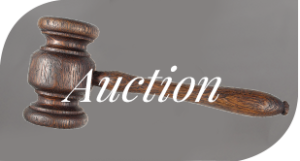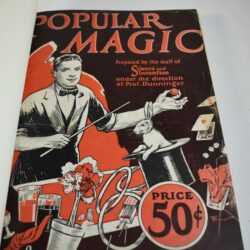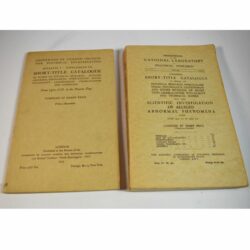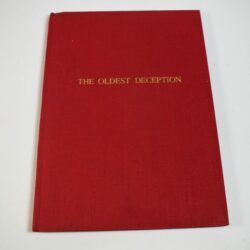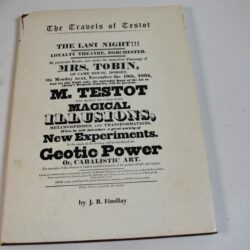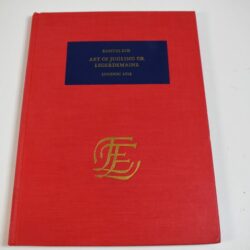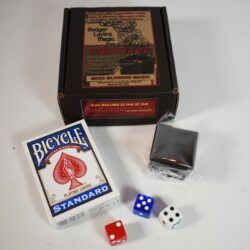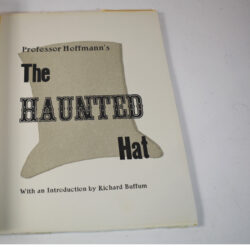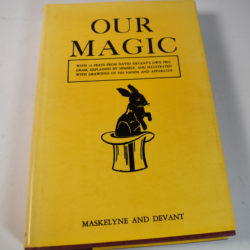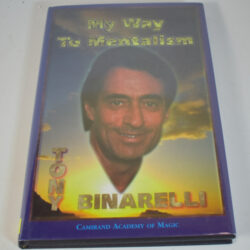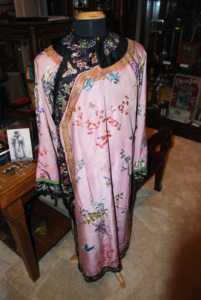
Fu Manchu’s Chinese robe
UNFORTUNATELY AN UNEDITED VERSION OF THIS WAS ACCIDENTALLY RELEASED LATE LAST NIGHT WITH ALL THE FIRST DRAFT ERRORS . I HOPE THOSE THAT READ IT RETURN TO READ THE FINALIZED VERSION. I APOLOGIZE FOR THE INADVERTENT RELEASE.
It is a funny world we collect in. It is full of all types of people both good and unfortunately bad. I am happy to say that most collectors are honest people sharing a passion for the subject of their beloved acquisitions. When money is involved however, there are those who seek to take advantage even resorting to falsification to transform a simple item without a great deal of value into an item with historical significance and a lot of value. Whether it is sports memorabilia, paintings or yes, even magic collecting there are stories of those unscrupulous people who have profited from creating a sacred item of pure fiction. In no other area of life is it more important to be cognizant of the term “let the buyer beware” than in collecting historically significant items.
You are being offered the deck of cards that Dr. Hooker used to fool the great Harry Houdini during the performance of the Hooker card rise. Wow! That is something that every collector would love to have but you have the inside track on it. Man, this is your lucky day! It is time to ask yourself a few important questions as you stare, eyes glazed over, at the deck of cards you now hold in your hand:
DO I TRUST THE PERSON SELLING THIS? Ask yourself this question first because it is probably the most important. If you know the seller has a good reputation then that is a very positive thing. There are collectors and dealers in magic that I would trust with my life. If they say it is the real thing I am already typically sold feeling they have done the research and that the documents and facts they are going to provide me are real and accurate. Honest people have nothing to gain by making money on one bogus transaction. They have earned a lifetime of trust and would not lose that reputation by making money on one quick sale. If you know the person and their reputation is a good one it is one giant step in the right direction. If you don’t know the person it is time to look at other questions. If the person has a questionable reputation the viability of the item is already destroyed. You cannot revive it. Walk away.
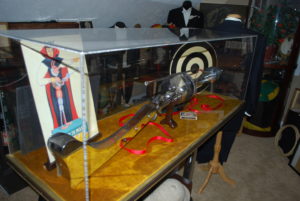
Virgil’s Trip To Mars Shooting Through A Woman
DO THE FACTS MAKE SENSE? You must ask yourself is this even possible? This can require some research. If you bought the cards above and find out they were printed in 1927 you are going to feel stupid. Did Dr. Hooker ever perform the effect for Houdini? If he did not again it is your issue as you just bought a fake. Don’t jump to conclusions here. Do your research assuming you have time. I will describe later in this blog a time that I thought a clear fact disqualified an item only to find it verified its legitimacy.
WHAT DOCUMENTATION EXISTS? If this comes with a signed letter from Dr. Hooker saying I fooled Houdini with these that can be a very good thing! If the Dr. Hooker signature doesn’t look quite like the verified examples then it must be questioned. If the pen is in ball point it must be questioned. If the paper is not of the period it must be questioned. If the letter was typed uniformly on an electric type writer it must be questioned. The documentation is where the unscrupulous makes every attempt to fool you. Perhaps with period paper, brown fountain pen ink, and old manual type writer and a signature as close to Dr. Hookers as they can muster or trace. The point is written documentation is just part of the picture. It can be a very important part as without question it can be irrefutable proof of the authenticity of an item once the note or letter itself is documented as authentic. Just remember one thing about autographs, they are the easiest of all to fake. It is not likely an Albert Goshman is faked but as you move towards the larger names and the more value, please be diligent!
THE TOO PERFECT THEORY– This may also be called if it looks too good to be true it probably is. If the guy selling you this deck of cards also has the cards Thurston fooled Herrmann with (especially if the Documentation mentions Alexander), and the deck Vernon fooled Houdini with (look for the double) then you had better head for the hills. One guy cannot possibly have all that stuff. Don’t get fooled by engravings. Because a tie clasp has Harry does not mean its Houdini’s, Blackstone’s, Thurston’s or Kellar’s. Even the name Harry Kellar engraved on a cigarette case does not mean it was his. We can engrave today.
Be a little suspicious, especially if things seem just too perfect or if the price seems just too low.
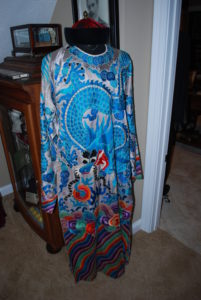
Virgil’s Dragon Robe
I have a personal pet peeve I will share with you. When a person (or auction house) says this is “said to have been” or is “supposed to have been” I would run in the opposite direction. I continue to be amazed by the prices someone will pay an auction house (they all do it) for an item that is “said to have been” anything! What they are really saying is I don’t have a clue if this is real or not but we are hoping it is and that you will pay a big premium for it.
One of my big areas of collecting are association pieces and as a result the provenance of those items is critical to me in determining value. I will try to nail down what I look for in evaluating provenance in addition to what has been mentioned previously.
CAN THE CHAIN OF OWNERSHIP BE VERIFIED? This is very important. Gaps in ownership do not speak well for provenance. If you know where the item has been every step of the way you can be pretty sure it is the real deal. It is funny, most of the stuff we collect is not really that old. Houdini died less than 100 years ago. Should we not be able to trace these artifacts? The issue is documentation. At the time It was not so important to create documentation as it passed from hand to hand because the value had not yet been created. That is where researchers of today must dig to find evidence of ownership. Let that be a lesson. Keep documentations on everything you own. Add your own documentation as historical items pass through your hands. I have a wonderful floating ball that I am quite sure was Dante’s but the owner passed away and there is no record of Dante’s ownership. It is lost to history. Don’t let that happen to the things you are entrusted with.
IS THERE PHOTOGRAPHIC EVIDENCE? This can nail everything down. If there is photographic evidence that can be nailed to a specific item it is a home run. I have a lot of costumes in my collection. Photographic evidence can be critical in this area. I cannot tell you the time I have spent nailing down every detail of the dragons in Jack Gwynnes’ and Virgil’s Chinese robes. This helps even with iconic pieces like Doug Henning’s lightning bolt outfit. In my collection photographs are always displayed with the items when available.
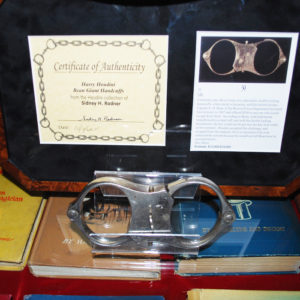
Houdini’s Bean Giant Handcuff’s
HOUDINI A SPECIAL SITUATION– Everyone wants a piece of Harry. There are more forgeries with Houdini props and memorabilia than all others put together. There is something I call “universally accepted fact” that applies to Houdini items. I have a great deal of Houdini memorabilia but I have very little in the way of props (handcuffs, locks, lock picks etc.) In fact, I have one pair of Bean Giant Handcuffs. I purchased them because they came from the Sid Radner Las Vegas Auction. They are photographed in the catalogue and are unique enough that the real item can be determined from the catalogue photo. They came with Radner’s authentication certificate. Do I know for sure they were Houdini’s? No, I don’t have any real proof. What I do have is a general acceptance from Houdini Collectors that anything coming out of that auction is as good as it can get. In other words, it is a “universally accepted fact” that they are the real deal. As my friend and Houdini expert Arthur Moses told me “It is the best you can do”.
PROVENANCE OF A FEW OF MY ITEMS AND HOW IT CAME ABOUT
Robert Heller’s Top Hat and Case
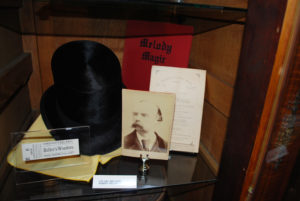
Robert Heller’s Top Hat
In February of 2013 while vacationing in Florida I was strolling though eBay as I sometimes do when I discovered a listing for a top hat and case that was advertised as belonging to Robert Heller. If you are a magic historian I don’t need to tell you who Heller was but let’s just say he was an English magician who was as big as it got in the US in the early 1870’s. The starting bid was not cheap but I thought reasonable if the item were real, so I spent the next three days exchanging emails with the seller representing the owner in the transaction. The seller was a muliti-Great Granddaughter in the Heller family. Although the case had Heller’s initials on it before I was going to shell out a few thousand dollars for it I was going to be sure (remember due diligence!) that I was getting the real thing. We wound up agreeing to the following: If I won the bid, I got copies of all the marriage certificates from the lady selling the top hat all the way back to Heller himself tracing the family along the way proving that Heller was her many times over great grandfather. I also would receive a notarized affidavit signed by her indicating who she was and that the hat had been in the Heller family since his death. With that I felt good enough to place the bid that would almost insure I won the hat which I did. She followed through with everything as promised. When I received the hat, I got a scare. There was a label on the hatbox indicating it had been to a Western hotel in Japan. I thought there is no way that in 1870’s there was a western hotel in Japan. The internet is a wonderful thing so I rushed to it and found the hotel opened in Japan in 1869. Life was good!
You can read about Heller’s top hat in the excellent Dean Carnegie blog The Magic Detective located here: http://www.themagicdetective.com/2013/02/the-hat-of-robert-heller.html
THINK A DRINK HOFFMAN’S PORTABLE BAR ACT

Assistant Outfit from Carter the Great Shooting Through a Woman With Photo
One of my first association piece acquisitions was Think-A- Drink Hoffman’s Portable Bar act. A close friend offered to sell it to me. He explained he had acquired it in an auction and told me he had paid $1,000 for it many years ago. I was just getting into association pieces then and was hungry for anything associated with the greats or near greats of the past. I excitedly drove to his house and there it was. It was wonderfully built and in its own self-contained case. I struck the deal and asked if he could write up a letter of provenance for it which he agreed. When I received the letter, my heart sank as the second line read “It is supposed to have been owned and performed with by Think-A-Drink Hoffman”. There was that supposed word I warned you about earlier. If you are wondering I am still looking for that photo that shows Hoffman either carrying the box or performing with the portable bar. If you have one let me know!
A FEW FINAL THOUGHTS
The biggest enemy we have in purchasing fraudulent collectibles is ourselves and our own ego. We want to believe! Who would not want to own the Hooker pack of cards that fooled Houdini so we accept that story and the evidence that is given to us. Sometimes it is much easier for someone on the outside to see the truth than it may be for us who are wrapped up in the acquisition. That is the case for me above: I wanted to believe that that was Hoffman’s. Heck I still do. My guess is I will never find that photo though.
Taking the risk on an item may sometimes be worth it. If everything seems right and if you just had that photo it would be nailed then you may want to go forward. Sometimes you can’t totally nail it down but one can make a reasonable assumption that it is the real thing. You may want to proceed in hopes that more comes to light later. Just realize what you are doing and make sure the money you pay represents the provenance that you get.
Always ask for any documentation and request the owner’s records in writing for everything they know about the items before selling it to you. Search out experts in the field to help you nail down provenance. Nick Ruggerio helped me with Blackstone and David Charvet with a few Willard and Virgil items. Experts in the magic collecting world are generally happy to help if they can.
Collecting historically significant items from Magic History is extremely rewarding. It has also grown to be very expensive as those items are coveted by more and more collectors. Do your research and make wise decisions. Your investment in these items has the potential to bring not only great personal satisfaction but potentially be financially rewarding as well. Happy hunting!
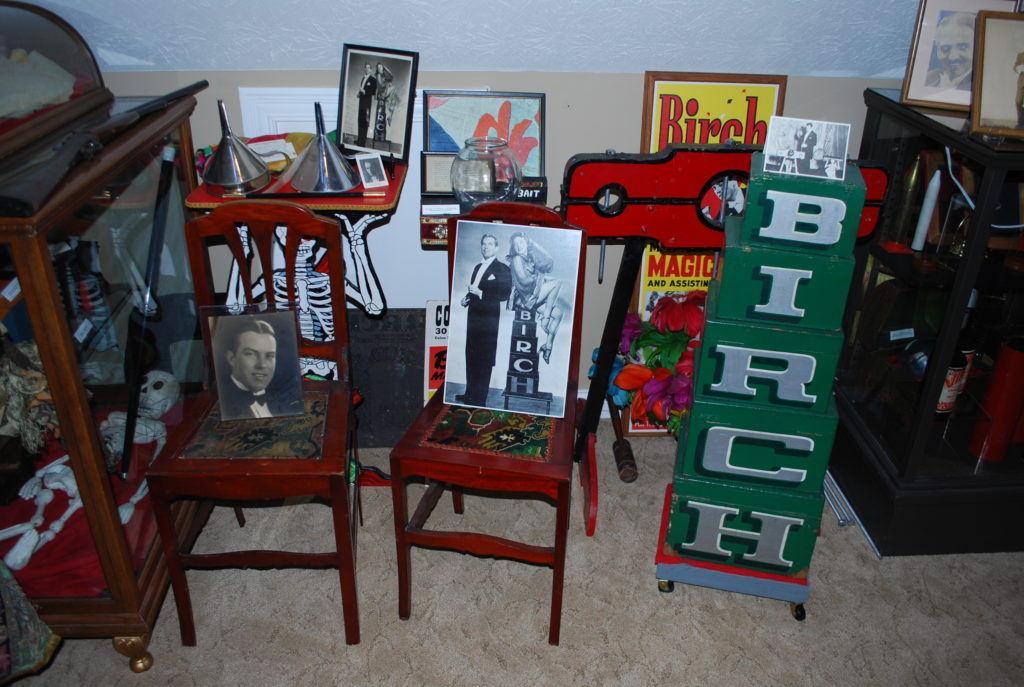
Props From the McDonald Birch Show

